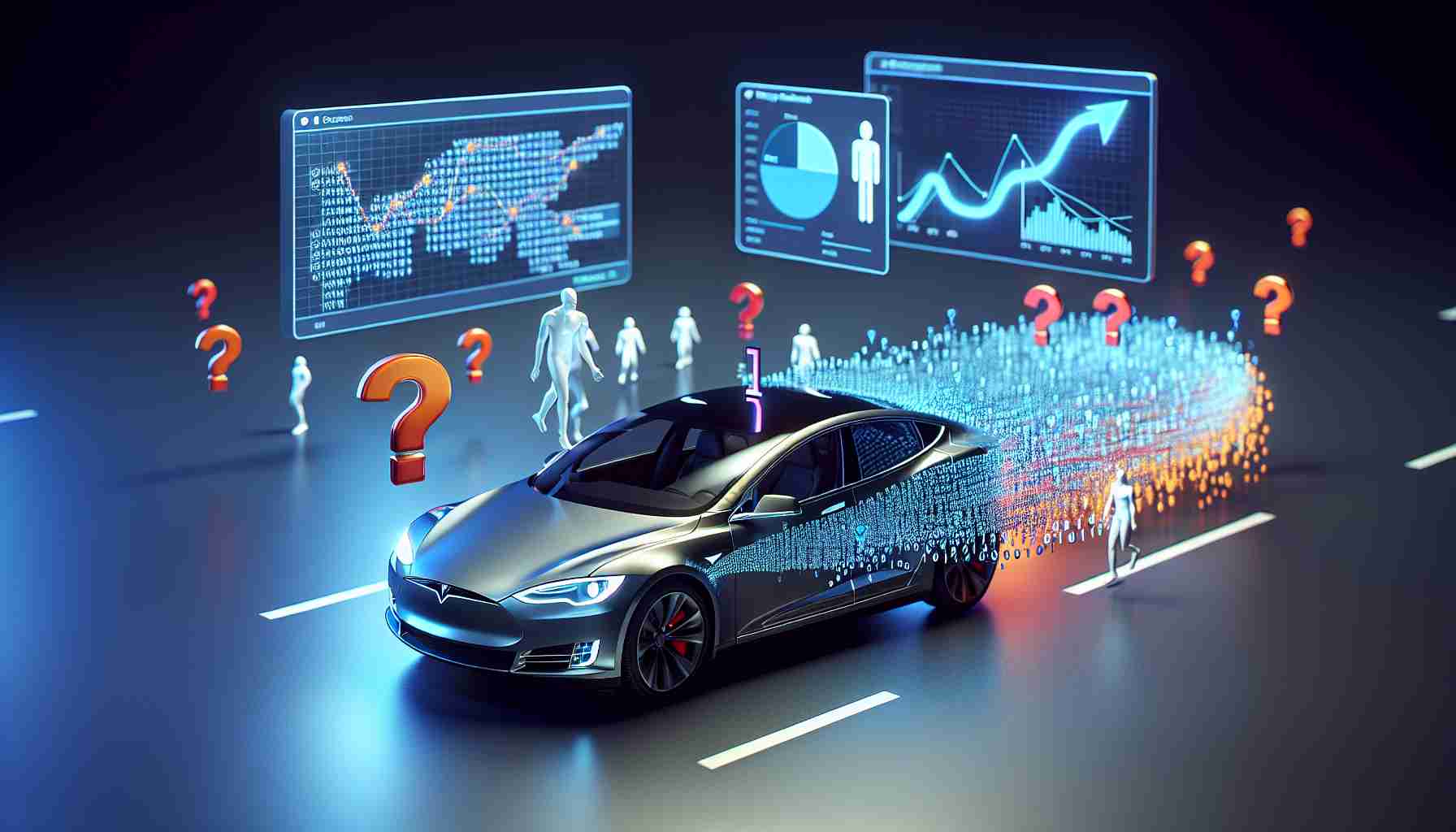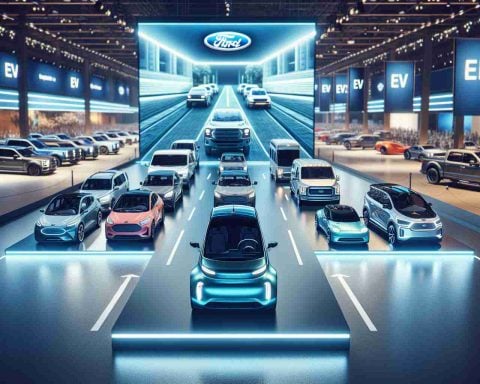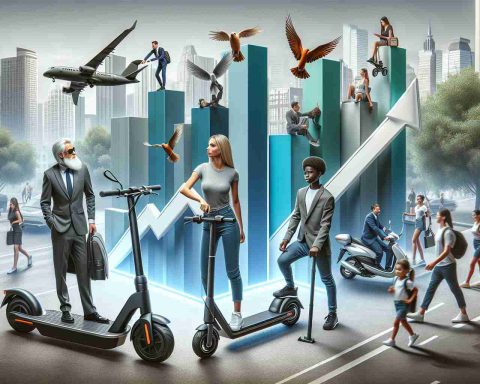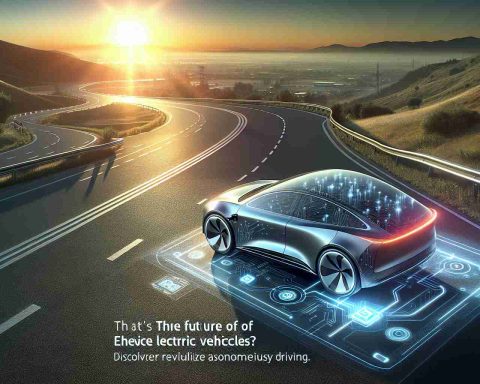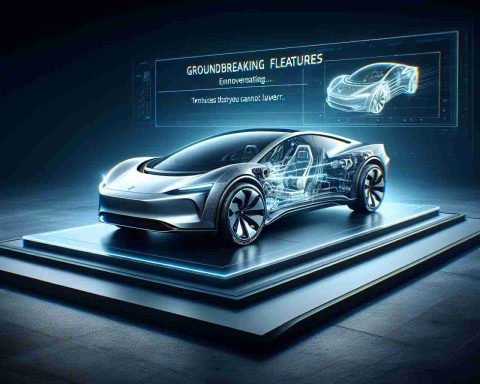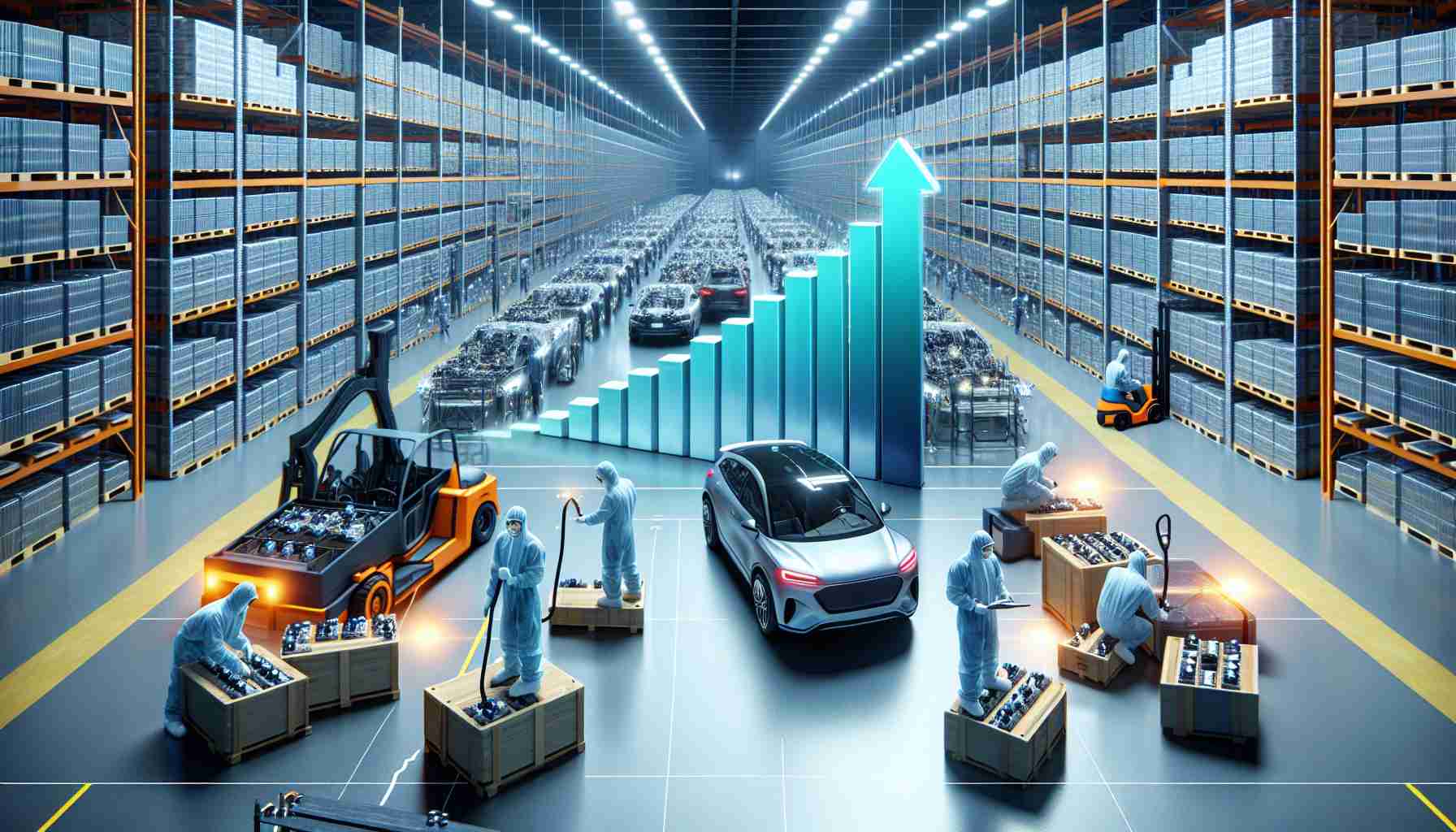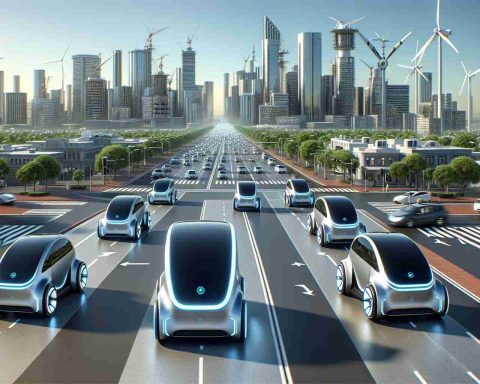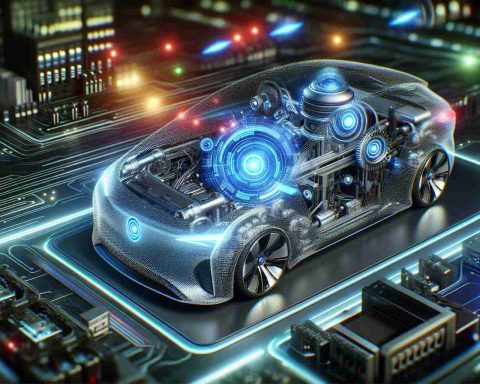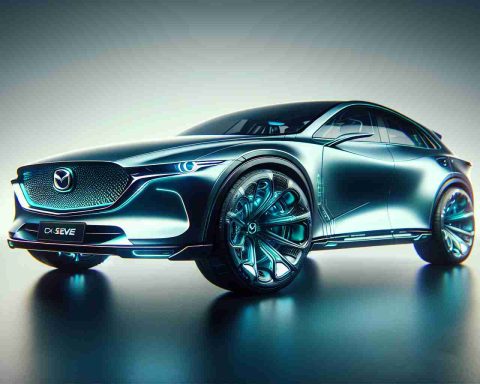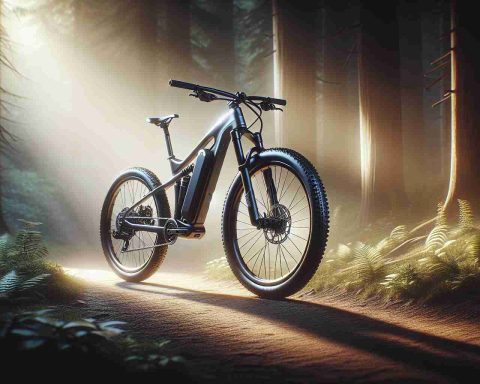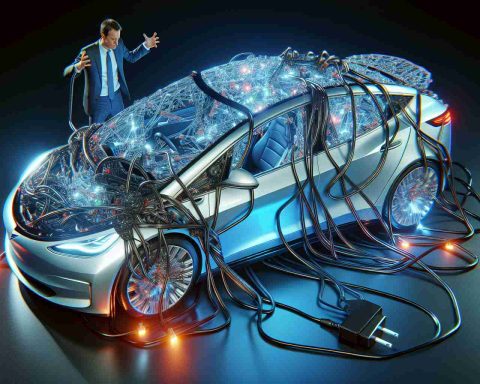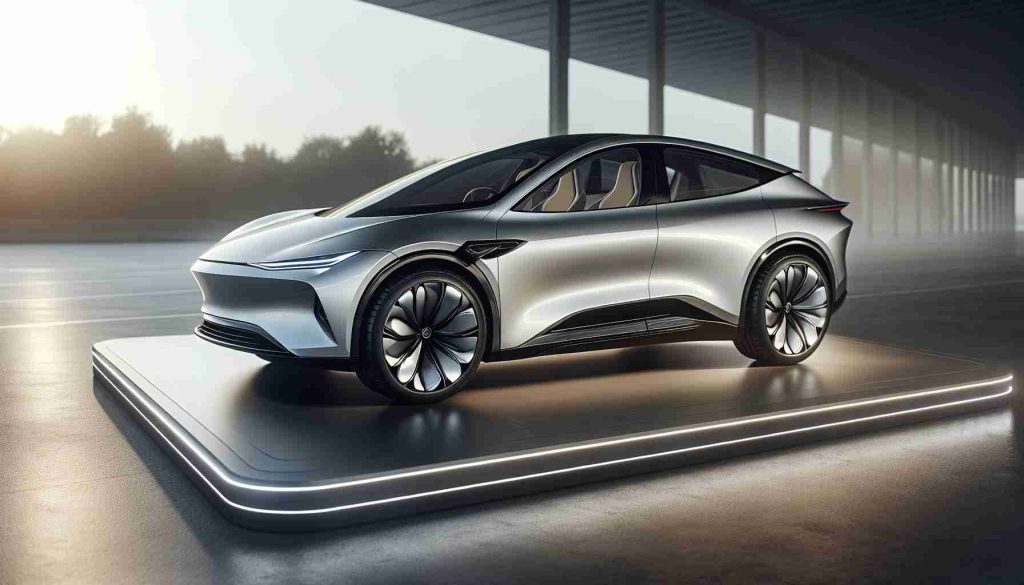- Elon Musk announced that Tesla’s Full Self-Driving (FSD) crowdsourced dataset has doubled recently, reflecting progress in self-driving technology.
- Frustration persists among enthusiasts over the inconsistent performance and transparency of FSD updates.
- The latest FSD version achieved a disengagement rate of 723 miles, though critics argue the metrics may be misleading.
- As of now, the average miles between disengagement is 624 miles, indicating only a modest increase in efficiency.
- Musk and the team aim for an average of 700,000 miles between interventions to match human-level safety standards.
- Future testing in Austin suggests ongoing development, but achieving full autonomy remains a challenging goal.
Elon Musk has recently declared a significant milestone for Tesla’s Full Self-Driving (FSD) program—its crowdsourced dataset has doubled in size since last month. But what does this really mean for the much-hyped self-driving technology?
For years, Tesla enthusiasts have voiced frustration over the lack of transparent data regarding FSD’s performance. While promising updates were rolled out, consistency quickly faltered as milestones were missed. This left fans depending on a crowdsourced dataset, which—despite mixed reviews—has now garnered Musk’s approval.
Musk previously highlighted a jaw-dropping highway disengagement metric of 723 miles with FSD v13. However, critics pointed out that this figure was slightly misleading, as it only showcased a blend of city and highway improvements that should have been implemented long ago. As the crowdsourced data expands to nearly 15,000 miles, the average miles between disengagement have actually declined to 624 miles. The reality is that despite aspirations of achieving “exponential improvement,” the results indicate only about a 2.7x increase in efficiency over previous versions.
While Ashok Elluswamy, head of FSD at Tesla, states the goal of reaching human-level safety requires an average of 700,000 miles between critical interventions, it’s clear that Tesla still has a long road ahead. With plans to test unsupervised self-driving in Austin this June, there’s potential for a limited launch akin to Waymo’s geo-fenced systems.
The key takeaway? While Tesla is advancing, the dream of complete autonomy may still be a distant reality. As fans eagerly await updates, it’s crucial to temper expectations and remember that true self-driving innovation takes time.
Exciting Updates on Tesla’s Self-Driving Progress: What You Need to Know!
Understanding Tesla’s Full Self-Driving Milestone
Elon Musk recently announced that Tesla’s Full Self-Driving (FSD) program has achieved a significant milestone with its crowdsourced dataset doubling in size over a month. This development has sparked discussions about the implications for Tesla’s self-driving technology and its readiness for the market.
New Insights on Tesla’s FSD Performance
Despite the doubling of the dataset and Musk’s claims about performance improvements, the reality presents a nuanced picture. Here are some critical insights to consider:
1. Enhanced Dataset and Performance Metrics
– Tesla’s crowdsourced dataset has expanded to nearly 15,000 miles.
– The average miles driven between disengagements has decreased to 624 miles, indicating mixed results despite an initial boast of 723 miles.
2. Comparison with Industry Standards
– Tesla’s goal for human-level safety is an ambitious 700,000 miles between critical interventions.
– In contrast, Waymo’s more controlled, limited geographic testing has proven effective in urban environments, presenting a key comparison as Tesla seeks to implement unsupervised self-driving.
3. Future Predictions
– With unsupervised self-driving testing planned for Austin in June, it’s an exciting but cautious step toward broader application.
– Innovations in FSD could disrupt traditional driving practices, but stakeholders should remain realistic about timelines for full autonomy.
Key Questions Answered
Q1: What does the doubling of the dataset mean for FSD technology?
The doubling of the dataset indicates an increase in real-world driving data, which is crucial for improving FSD algorithms. However, it also highlights the need for continued refinement and safety evaluations since the current performance still falls short of implied expectations.
Q2: How does Tesla’s disengagement metric compare to other self-driving companies?
Tesla’s disclosures regarding disengagements can be misleading as they combine city and highway data. Companies like Waymo emphasize operational safety within defined areas, and such comparisons reveal a significant difference in approach towards achieving self-driving capabilities.
Q3: What are the limitations of the current FSD technology?
Currently, Tesla’s FSD faces limitations concerning its ability to operate autonomously in varied, real-world conditions without requiring human intervention. The need for oversight and the identified inconsistencies in performance indicate that the technology is still evolving and not yet ready for complete autonomy.
Related Links
For more information on Tesla’s advancements and self-driving technology, visit Tesla.
